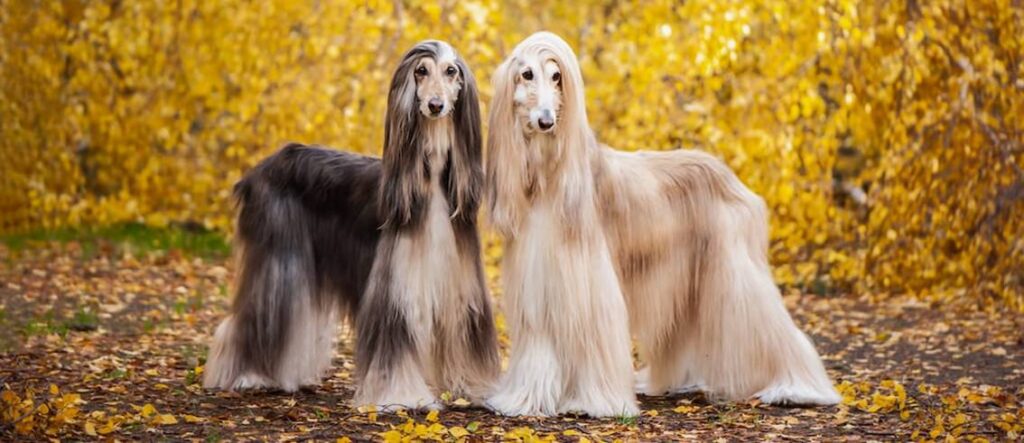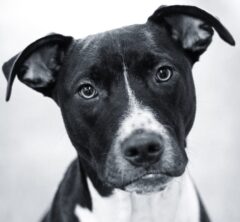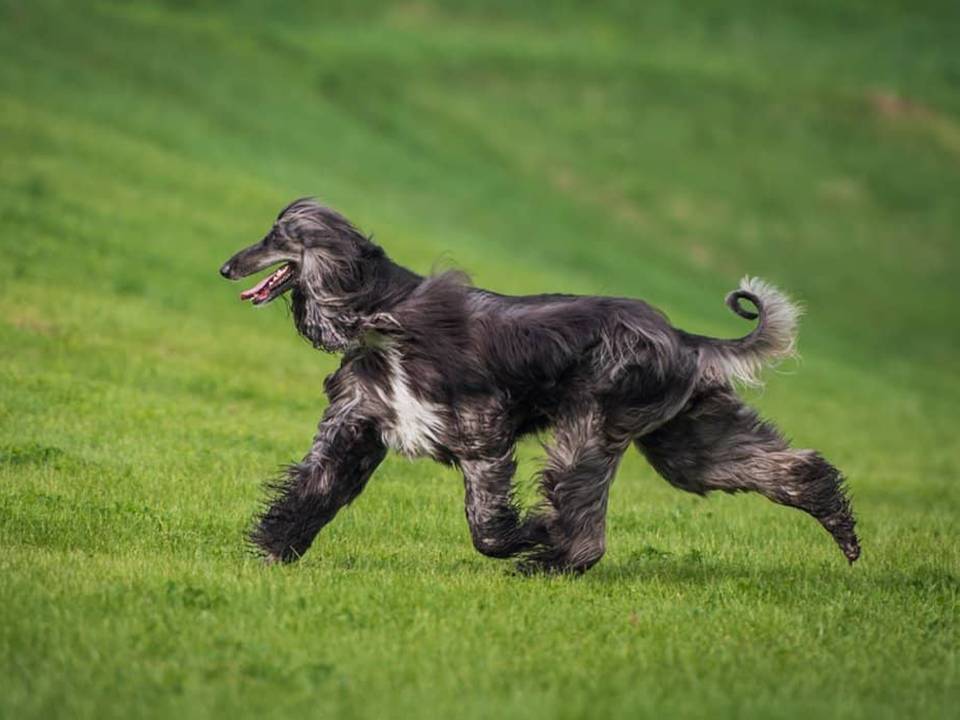The Afghan Hound Dog: The Best Desert Hunter
The Afghan hound dog is a breed that combines elegance with ancient history. Its long, flowing coat and regal appearance make it one of the most recognizable dog breeds in the world. Beyond its beauty, the Afghan hound has a rich history that spans thousands of years. Known for its speed, agility, and intelligence, this breed has played a significant role in human culture, especially in Central Asia and the Middle East, where it originated. This essay explores the Afghan hound’s ancient roots, its role in various societies, and how it became a beloved companion in modern times.
Ancient Origins: A Breed Shaped by Time and Terrain
The Afghan hound’s history is deeply connected to the rugged mountains and deserts of Afghanistan. The breed likely dates back thousands of years, though its exact origins remain unclear. Many experts believe the Afghan hound shares a common ancestor with the Saluki, another ancient sight hound from the Middle East.
The breed developed in response to the harsh environment of Afghanistan. The mountainous and arid terrain required a dog with exceptional endurance, speed, and agility. The Afghan hound’s long legs, deep chest, and narrow waist allowed it to cover vast distances quickly. Its thick, silky coat protected it from both freezing winters and scorching summers.
Originally, the Afghan hound hunted large game, such as deer and leopards. Its speed and sharp eyesight made it an effective hunter in the challenging landscape.
Role in Ancient Civilizations
While Afghanistan is the breed’s namesake, the Afghan hound’s history extends to other ancient civilizations, including those in present-day Iran, Pakistan, and India. Ancient artefacts, such as carvings, paintings, and manuscripts, depict the Afghan hound, suggesting its importance in these societies.
The breed likely held a special status among the aristocracy and nobility. Its beauty, grace, and hunting skills made it a symbol of prestige. Owning an Afghan hound may have been a sign of wealth and power.
In addition to hunting, the Afghan hound served as a guardian. In ancient Afghanistan, it protected flocks of sheep and goats from predators like wolves and snow leopards. Its sharp eyesight, speed, and bravery made it invaluable for safeguarding livestock. In regions where survival depended on livestock, the Afghan hound was not just a hunter but also a protector and companion.

Arrival in the Western World
The Afghan hound’s journey to the Western world began in the early 20th century. During British colonization in India and Afghanistan, soldiers, diplomats, and travellers encountered the breed and brought some back to the United Kingdom. Captain John Barff, a British officer stationed in India, is often credited with introducing the Afghan hound to England around 1907. At the time, the breed was known as the “Barukhzy Hound,” named after a noble Afghan family.
The breed quickly gained attention in Britain due to its exotic appearance and striking elegance. Soon, Afghan hounds were imported to other parts of Europe and North America, especially after World War I. In the 1920s and 1930s, the breed became popular among the aristocracy and wealthy classes. Its long, flowing coat, high-held head, and independent nature made it a standout in dog shows and exhibitions.
Afghan Hounds in Modern Times
The American Kennel Club (AKC) officially recognized the Afghan hound in 1926. Since then, the breed has become a favourite in the show world. Its striking appearance has also made it a popular subject in fashion photography and art, adding to its glamorous image.
Despite its refined reputation, the Afghan hound retains much of its ancestral independence and aloofness. The breed is often reserved, especially with strangers, and maintains a sense of dignity. This independence can make training more challenging, but the Afghan hound’s intelligence and athleticism are undeniable. With proper motivation, the breed excels in activities like lure coursing and agility competitions.
Today, Afghan hounds are cherished pets, particularly among those who appreciate their unique combination of beauty, intelligence, and independence. They are also frequent participants in dog shows, where their elegance continues to captivate audiences. However, their long, flowing coat requires significant grooming and care, making them a commitment for dedicated owners.
The Afghan Hound’s Legacy
The Afghan hound is a testament to the power of nature and human influence in shaping dog breeds. From the rugged landscapes of Central Asia to the high-society circles of Europe and America, the breed has travelled far from its origins while retaining its ancient dignity and poise.
The Afghan hound’s history reflects the evolving roles of dogs in human society—from practical hunting companions to cherished pets and show dogs. In many ways, the breed serves as a bridge between the ancient and modern worlds. Its core characteristics—aloofness, intelligence, speed, and grace—remain unchanged.
Whether guarding flocks in the Afghan mountains or strutting down a show ring runway, the Afghan hound’s elegance and noble bearing continue to captivate and inspire admiration. Its rich history reminds us of the deep bond between humans and dogs, a relationship that has evolved over millennia but remains as strong as ever.


